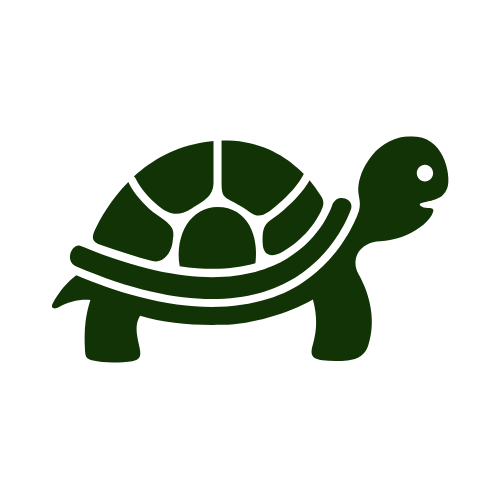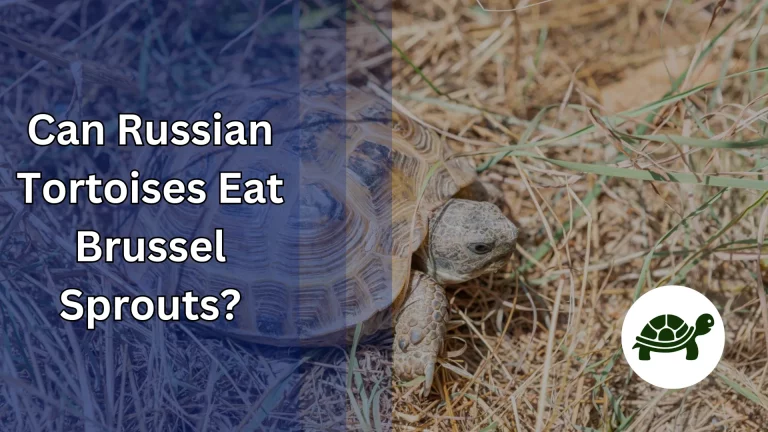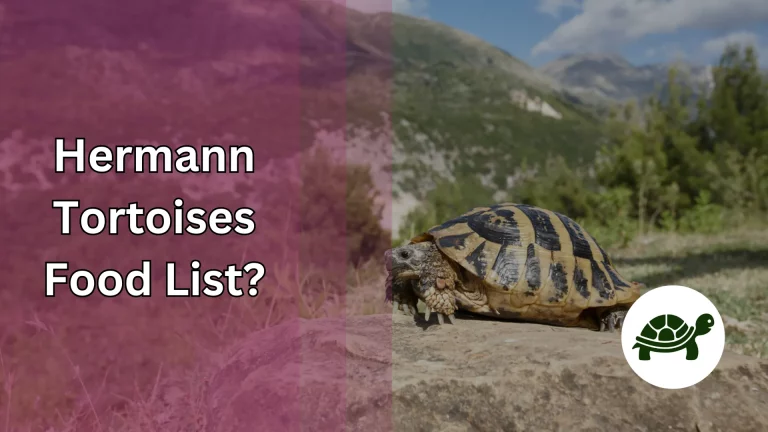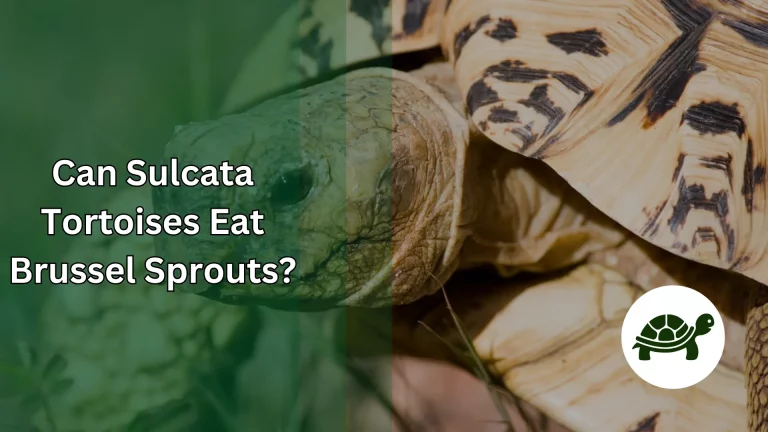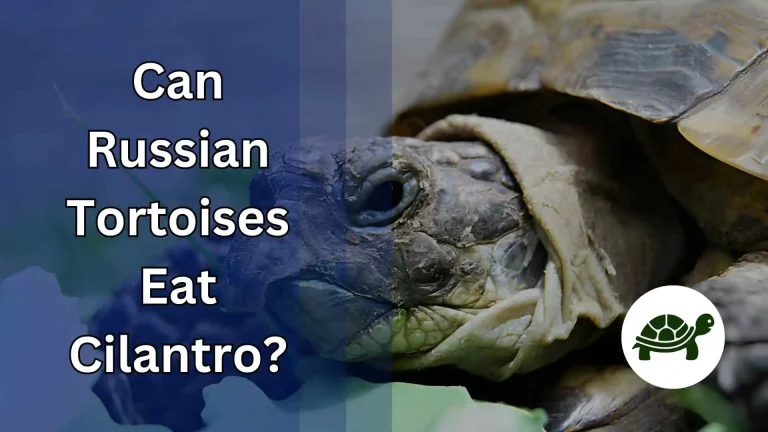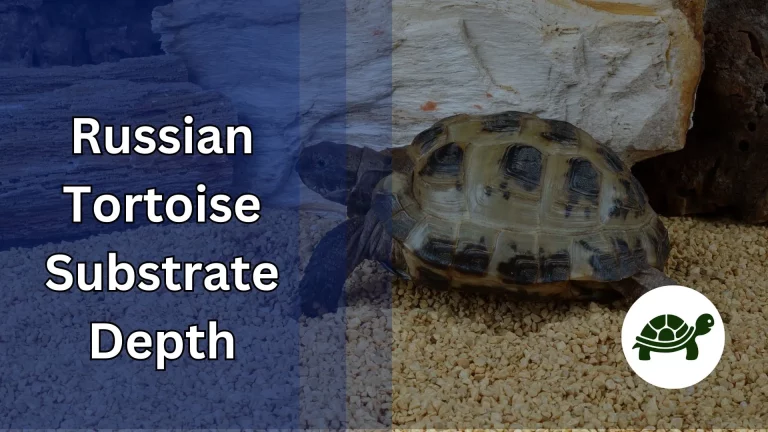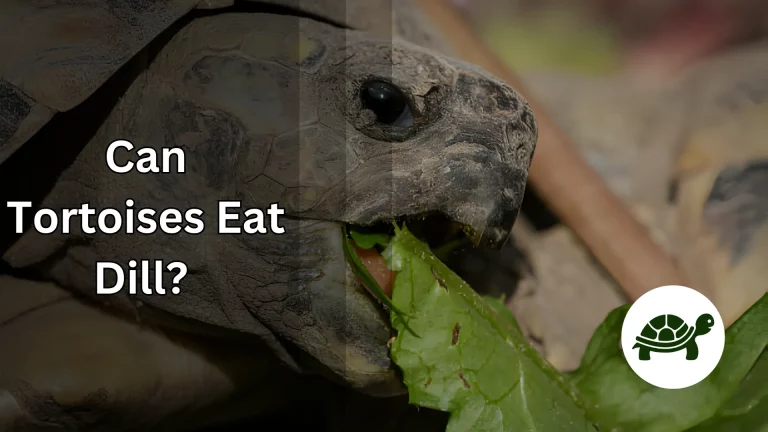Can Russian Tortoises Eat Radishes? – All You Need To Know
Russian tortoises, with their distinctive shells and gentle demeanor, are beloved pets in many households. Known for their specific dietary needs, these reptiles thrive on a diet that closely mimics their natural habitat. As a tortoise owner, understanding what constitutes a healthy and balanced diet for your shelled friend is crucial. This includes not only knowing what to feed them but also what to avoid. In the world of tortoise care, the question of whether certain vegetables, like radishes, are safe and nutritious additions to their diet often arises. It’s a topic that’s not only interesting to tortoise enthusiasts but also essential for the well-being of these charming creatures.
In this comprehensive guide, we delve into the heart of this query: Can Russian tortoises safely consume radishes? We’ll explore the nutritional aspects of radishes, how they fit into a Russian tortoise’s diet, and the potential benefits and risks involved. Our goal is to provide you with well-researched, veterinarian-backed information to make informed decisions about your Russian tortoise’s dietary choices. So, let’s get started on this journey of discovery and ensure a happy, healthy life for your pet tortoise.
Understanding Russian Tortoises
Russian tortoises are fascinating creatures. Originating from Central Asia, these small, hardy reptiles are known for their adaptability. They can live up to 50 years or more, making them long-term companions. In the wild, their habitat ranges from sandy steppes to rocky hillsides. This varied environment shapes their diet and behaviors, something every tortoise owner should be aware of.
Natural Habitat and Diet
In their natural habitat, Russian tortoises are grazers. They feed on a variety of leafy greens and vegetables. This diet is low in sugars and high in fibrous material. It’s what keeps them healthy and active. Understanding this is key to replicating their dietary needs in a domestic setting. It ensures they get the right nutrients without the risks of obesity or nutrient deficiency.
Common Dietary Needs and Restrictions
When it comes to feeding Russian tortoises at home, balance is essential. They need a diet rich in calcium and fiber, but low in protein and sugars. Overfeeding or offering the wrong foods can lead to serious health issues. It’s important to know which foods are safe and which ones to avoid. This knowledge helps maintain their health and mimics their natural feeding patterns.
Nutritional Profile of Radishes
Radishes are more than just a crunchy salad addition. They’re packed with nutrients. These small root vegetables are low in calories but high in fiber, making them a great choice for a healthy diet. They contain vitamin C, potassium, and other essential minerals. But what does this mean for your Russian tortoise?
Vitamins and Minerals in Radishes
Vitamin C in radishes helps boost the immune system, which is crucial for a tortoise’s health. Potassium aids in muscle function and overall well-being. The fiber in radishes is great for digestive health. However, it’s important to remember that what’s healthy for humans isn’t always suitable for tortoises. Their unique digestive systems mean they process foods differently.

Potential Risks of Radishes for Tortoises
While radishes offer certain nutrients, they also come with risks. They are high in oxalates, which can lead to health issues in tortoises if consumed in large quantities. Oxalates can bind with calcium, leading to a deficiency, a critical concern for shell health. Moderation is key when considering radishes as part of a Russian Tortoise’s diet.
Can Russian Tortoises Eat Radishes?
The question of whether Russian tortoises can eat radishes is a common one among tortoise owners. – The Answer is Yes. Given the unique dietary requirements of these pets, it’s important to be cautious. Let’s explore how radishes fit into their diet.
Benefits of Radishes in a Tortoise’s Diet
Radishes can be a good snack for Russian Tortoises in moderation. They provide variety, which is key to a tortoise’s diet, preventing boredom and promoting natural foraging behavior. The vitamins in radishes can support immune health, and their fiber aids in digestion. These benefits make radishes a potential treat, but they should never replace a tortoise’s main diet of leafy greens and specially formulated tortoise food.

Precautions and Serving Size Recommendations
While radishes can be beneficial, they must be offered carefully. The high oxalate content can be harmful if fed in large amounts, potentially leading to calcium deficiency. To safely include radishes in your Russian tortoise’s diet, offer them as an occasional treat. A small piece of radish once a week is a good rule of thumb. Always observe your tortoise after introducing any new food, and consult with a veterinarian for tailored advice.
Are Radish Leaves Safe for Russian Tortoises?
Many tortoise owners wonder about radish leaves. Just like the radish itself, the leaves are a topic of interest. Are they safe? Can they be a healthy addition to a Russian tortoise’s diet? Let’s dig into the details.
Safety and Nutritional Value of Radish Leaves
Radish leaves are generally safe for Russian tortoises. In fact, they can be quite nutritious. These green leaves are lower in oxalates compared to the radish, which is good news for your pet’s health. They are rich in vitamins and offer a good source of fiber. This makes them a healthier choice compared to the radish root.

Incorporating Radish Leaves into a Tortoise’s Diet
Even with their benefits, radish leaves should be given in moderation. They are best used as part of a varied diet. Mix them with other safe greens, like dandelion leaves and romaine lettuce. This variety ensures your tortoise gets a balanced mix of nutrients. Remember, variety is key to keeping your Russian tortoise healthy and happy.
Frequently Asked Questions (FAQs)
Q1. What is the ideal diet for a Russian tortoise?
The ideal diet for a Russian tortoise primarily includes leafy greens and grasses, which are high in fiber and low in protein. Foods like dandelion greens, clover, and endive are excellent choices. It’s crucial to avoid foods high in sugar and protein, as these can lead to health problems.
Q2. How often should I feed my Russian tortoise?
Russian tortoises should be fed once a day, preferably in the morning. It’s important to provide a portion size that they can finish in about 20 minutes. Overfeeding can lead to obesity and other health issues, so moderation is key.
Q3. Can Russian tortoises eat fruits?
While Russian tortoises can eat fruits, these should be given sparingly. Fruits are high in sugar, which can disrupt their digestive system and cause health issues. Fruits should be considered an occasional treat, not a regular part of their diet.
Q4. Do Russian tortoises need a water bowl in their enclosure?
Yes, Russian tortoises require a shallow water bowl in their enclosure. They need access to fresh water for drinking and may also use the bowl for soaking. It’s essential to change the water daily and ensure the bowl is shallow enough to prevent drowning.
Q5. How can I tell if my Russian tortoise is healthy?
A healthy Russian tortoise will have clear, bright eyes and a firm, smooth shell. They should be active, have a good appetite, and produce regular, solid waste. Any signs of lethargy, shell deformities, or changes in eating or bathroom habits should be discussed with a veterinarian.
Conclusion
In conclusion, understanding the dietary needs of Russian tortoises is essential for their health and longevity. While radishes and their leaves can be a part of their diet, they should be given in moderation due to their oxalate content. Remember, a balanced diet rich in leafy greens, proper hydration, and occasional treats like radishes can ensure your tortoise remains healthy and happy. It’s important to always consider the unique needs of your pet and consult with a veterinarian for personalized dietary advice.
The world of Russian tortoise care is both fascinating and rewarding. By staying informed about their dietary requirements, including the safe inclusion of foods like radishes, you are taking a significant step in providing the best care for your shelled companion. Keep exploring, learning, and loving your Russian tortoise, and they’ll thrive under your dedicated care.
